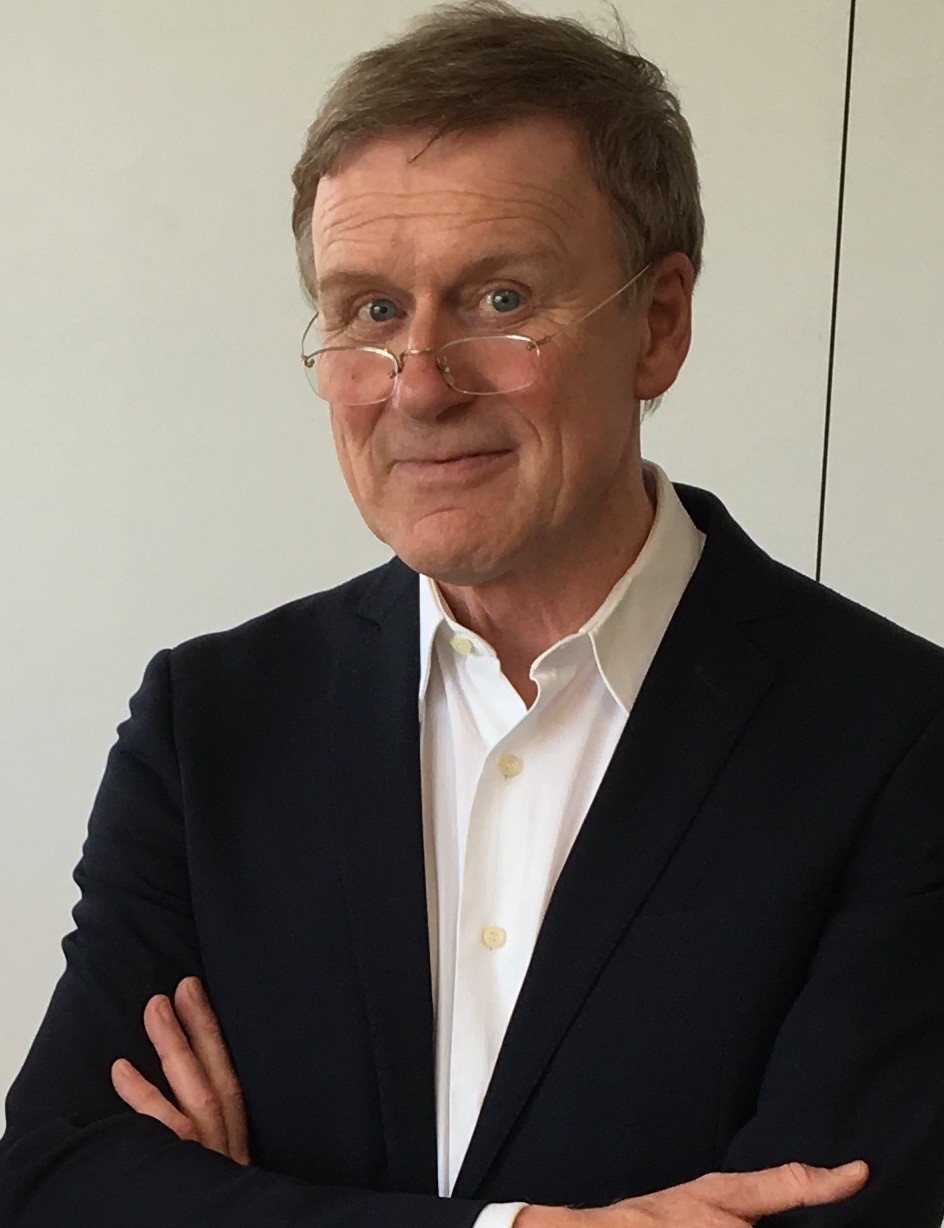The historic hangars in Cottbus - a unique ensemble in terms of construction history
The results of the young researchers will be presented to the interested public in an exhibition on 11 September, on Open Monument Day® 2022.
The nationwide Open Monument Day® 2022 will take place on 11 September under the motto "KulturSpur. A case for monument protection". In Cottbus, places like the old Strombad or the Großenhain railway station (at the Spreewaldbahnhof) will open their doors for the occasion. Very close to the Brandenburg University of Technology (BTU) on the former airfield in Cottbus, the historic aircraft hangars have aroused the interest of the preservationists.
As part of this year's student workshop of the German National Committee for Monument Protection (DNK), 20 students from nine German universities are examining the ensemble of five hangars in total; a special focus is on Hangar No. 1. BTU professor Dr.-Ing. Werner Lorenz is one of the scientists accompanying the students during their investigations. In an interview, he explains why it is so important to pass on the architectural heritage to future generations:
Prof. Lorenz, as an expert in the history of building technology, how do you assess the significance of the Cottbus aircraft hangars for the protection of historical monuments?
The significance of the ensemble in terms of construction history can hardly be overestimated. Obviously for comparison purposes, each of the hangars was designed differently; among them is the world's first hangar with an asymmetrical concrete shell. Altogether, they now form a unique panopticon of lightweight construction methods from the early 1930s. Originally, there were as many as seven hangars; one was dismantled after the fall of the Berlin Wall and now stands in the USA as "The Cottbus", another collapsed shortly after it was built in 1934 - it was built too light!
Why does the workshop pay special attention to hangar number 1?
First of all, there are very practical reasons: Unlike the other four halls, it is not currently being used and is therefore predestined for the workshop. But above all, precisely because it is not yet occupied, it opens up exciting options for subsequent use. - How about "The Cottbus" as a showroom for the Lausitz Science Park and the BTU, which would finally give our university a central venue with an appropriate historical aura?
What do such constructions and buildings tell us about the time in which they were built?
Of course, they document the characteristic technologies and materials of the era in which they were created. But they can also be deciphered and read as texts about the ways of thinking, paradigms and attitudes of the engineers who developed them. If we take the arc even further, the Cottbus halls in particular form material testimony to the rearmament forced in 1933 immediately after the National Socialists seized power, which initially disguised itself here as a civilian flight school.
What can future engineers learn from this?
Building in the existing fabric has long since become one of the most important - and often most difficult - tasks in the building industry, not least for ecological reasons: We should not always be burning new grey energy! The workshop aims above all to teach appropriate methods of investigation, evaluation and development of this not easy heritage - and to promote interdisciplinary dialogue between the very different disciplines represented here.
Thank you very much for the interview!
Prof. Dr.-Ing. Werner Lorenz is a member of the Working Group on Technical Issues of the German National Committee for Monument Protection (DNK) and coordinator of the DFG Priority Programme "Cultural Heritage Construction" (SPP 2255) at the BTU Cottbus-Senftenberg, where he is an honorary professor for the history of structural engineering. From 1993 to 2018, he held the chair of History of Building Technology and Structural Conservation at the BTU. He is a member of the Cultural Heritage Centre of the Faculty of Architecture, Civil Engineering and Urban Planning at the university.
In the state of Brandenburg alone, around 400 listed buildings and historic sites will be open to visitors on Open Monument Day® on Sunday 11 September 2022.

